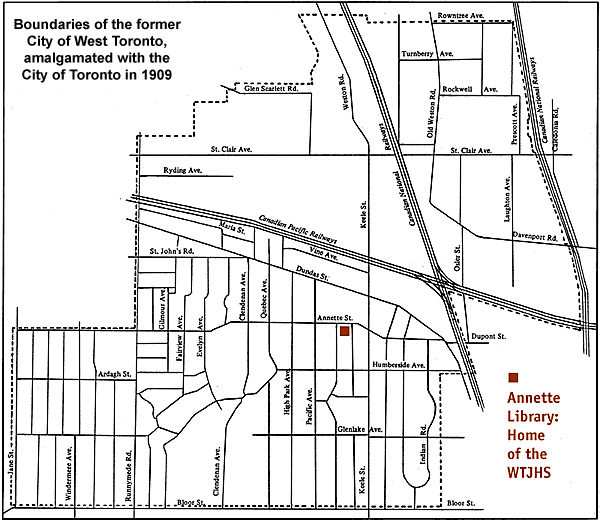AlbertC
Superstar
For the NW corner of Dundas W & Clendenan Ave:
3106 DUNDAS ST W
Ward 4: Parkdale-High Park
To convert the existing two-storey mixed-use building (containing two commercial units on the ground floor and one residential unit on the second floor) into a three-storey mixed-use building (containing two commercial units on the ground floor and four residential units on the second and third floor) by constructing a partial second storey addition and a complete third storey addition.

3106 DUNDAS ST W
Ward 4: Parkdale-High Park
To convert the existing two-storey mixed-use building (containing two commercial units on the ground floor and one residential unit on the second floor) into a three-storey mixed-use building (containing two commercial units on the ground floor and four residential units on the second and third floor) by constructing a partial second storey addition and a complete third storey addition.
Last edited:








